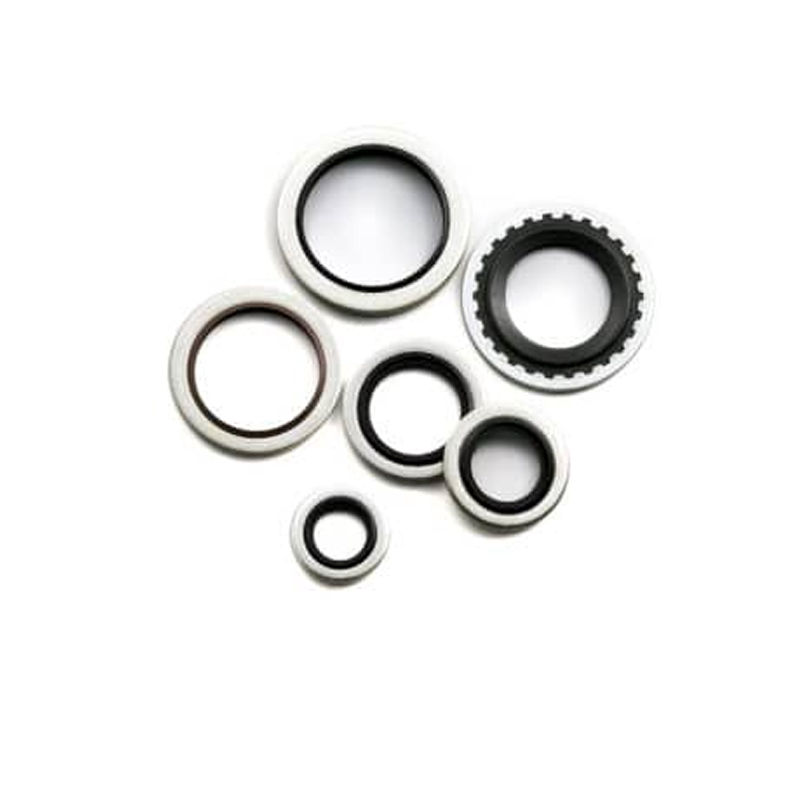rack and pinion seals
Understanding Rack and Pinion Seals Their Importance and Functionality
Rack and pinion systems are fundamental mechanical components used widely across various industries, from automotive from manufacturing to robotics. These systems convert rotary motion into linear motion, allowing for efficient movement in a range of applications. At the heart of a well-functioning rack and pinion system are seals, which play a vital role in maintaining the integrity and efficiency of the assembly. In this article, we will delve into the different types of seals used in rack and pinion systems, their importance, and the impact their presence or absence has on the overall performance of these mechanical systems.
What are Rack and Pinion Systems?
Before we dive into seals, it is essential to understand what rack and pinion systems are and how they function. A rack and pinion system consists of two main components the rack—a flat, linear gear—and the pinion, a circular gear that engages with the rack. When the pinion rotates, it moves along the rack, translating rotary motion into linear motion. This system is commonly used in steering mechanisms of vehicles, conveyor systems, and various machinery that requires precise linear movement.
The Role of Seals in Rack and Pinion Systems
Seals serve multiple purposes in rack and pinion assemblies
. The most critical roles of seals include1. Preventing Contamination Seals act as barriers that prevent dirt, dust, moisture, and other contaminants from entering the system. Contaminants can lead to increased wear and tear, reduce efficiency, and ultimately result in system failure.
2. Retaining Lubricants Proper lubrication is crucial for reducing friction between the moving parts of a rack and pinion system. Seals help retain lubricants within the system, ensuring that all components operate smoothly and efficiently. This also reduces the frequency of maintenance and the risk of overheating.
3. Enhancing Performance By minimizing friction and preventing contamination, seals contribute to the overall performance of rack and pinion systems. Systems with effective sealing solutions tend to have longer lifespans and require less frequent repairs or replacements.
4. Supporting Load Handling In applications where the rack and pinion system is subjected to significant loads, seals can help distribute those loads more evenly across the components. This can enhance the strength and durability of the entire assembly.
rack and pinion seals

Types of Seals Used
Several types of seals can be employed in rack and pinion systems, each designed for specific applications and operating conditions
1. O-Rings O-rings are circular seals that are widely used due to their simplicity and effectiveness. They can be made from various materials, such as rubber or silicone, allowing them to accommodate different environmental conditions and working temperatures.
2. Lip Seals These seals consist of a flexible lip that presses against the surface to create a seal. They are particularly effective in retaining lubricants and preventing leakage, making them suitable for dynamic applications like rack and pinion systems.
3. U-Cups U-cup seals offer enhanced sealing performance and are commonly used in hydraulic applications. They are ideal for maintaining pressure and preventing leakage, which is crucial in high-pressure environments.
4. Custom Seals In some cases, specific applications may require custom sealing solutions. These seals can be designed to meet particular dimensional requirements or to withstand unique environmental conditions.
The Consequences of Poor Sealing
Failure to employ adequate sealing solutions in rack and pinion systems can lead to significant issues. Contamination and the loss of lubrication can accelerate wear rates, leading to breakdowns and costly repairs. Moreover, inefficient seals can also result in unplanned downtime, making it crucial to ensure that the sealing components are appropriate for the application.
Conclusion
In conclusion, the role of seals in rack and pinion systems cannot be understated. They are vital for ensuring smooth operation, maintaining performance, and extending the lifespan of these essential mechanical components. Understanding the types of seals available and their specific functions will help in the design and maintenance of effective rack and pinion systems. Whether in automotive, manufacturing, or any other sector, investing in high-quality sealing solutions is a critical step towards enhancing the efficiency and reliability of rack and pinion assemblies.
-
Simplifying Oil Changes: A Comprehensive Guide to Oil Drain Plugs and Their Variants
News Aug.04,2025
-
Mastering Oil Drain Maintenance: Solutions for Stripped, Worn, and Upgraded Oil Plugs
News Aug.04,2025
-
Fixing Oil Pan Plug Issues: Leaks, Stripped Nuts, and the Right Replacement Solutions
News Aug.04,2025
-
Everything You Need to Know About Oil Drain Plugs: Sizes, Fixes, and Upgrades
News Aug.04,2025
-
Choosing the Right Oil Drain Plug: A Guide to Sizes, Materials, and Drain Innovations
News Aug.04,2025
-
A Complete Guide to Automotive Drain Plugs: Types, Problems, and Innovative Solutions
News Aug.04,2025
-
The Ultimate Guide to Car Repair Kits: Tools and Essentials Every Driver Should Own
News Aug.01,2025
Products categories















